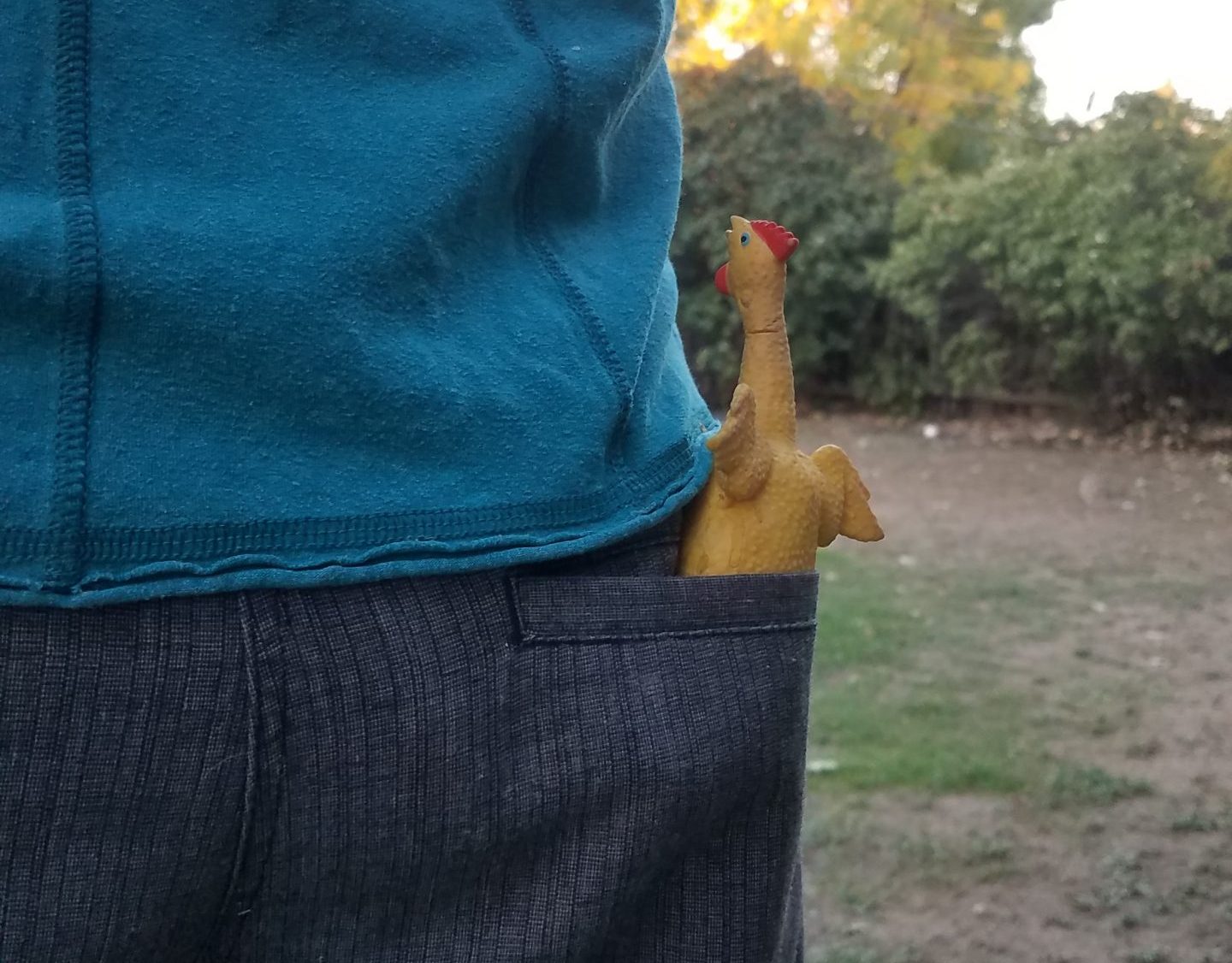Optimizing your “Back Pocket” Activities

I mentioned in my last post that I only have a few back pocket activities that I use regularly. It’s an evolving list of tried and true activities that I know work. I don’t believe, however, that they ended up there because they are cool, or because they are that much more fun than any other activity. They are the result of continuous assessment, tweaking, testing, etc. They are not necessarily better than any other activities that might exist in any other facilitator’s back pocket… they just work for me. As I was brainstorming this post, I realized that there are a few common elements, and thought it might be fun to do a little “back pocket playbook assessment. ” But first… Here’s my list and why I love ’em!

Mouse traps – Mouse traps have a lot of perceived risk, while actually posing very little actual risk. They are a great way to access physiological responses to stress, and to practice transfer of learning about coping skills. It is a very scalable activity, and as long as you have a mousetrap to participant ratio of either 1:1 or 1:2, you can make it work. There are also countless evolutions to raise perceived risk (ever set off a mouse trap with your forehead?) or change the focus from individual to group.
Minefield – I love the richness of this activity and it’s the classic example of an isomorphic metaphor. Journeys, Guidance, Feedback, What to do when things go wrong… Plus you can add mouse traps to create a conversation about the “realness” of some consequences.
 Animal Hybrid Photoshop Cards – I had an intern that I worked with a few years ago who would send these hysterical photoshopped animal pictures at the bottom of her work email. It always made me smile! One detailed search on Google Images and some downloading, and I have a deck of about forty cards of animals that have been hybridized together. They are a great way to connect partners, talk about feelings, current state of being, ideal self, etc. plus, as an added bonus, i always giggle a bit as i’m laying them out! Here’s the easy link to the Google Image search. Enjoy!
Animal Hybrid Photoshop Cards – I had an intern that I worked with a few years ago who would send these hysterical photoshopped animal pictures at the bottom of her work email. It always made me smile! One detailed search on Google Images and some downloading, and I have a deck of about forty cards of animals that have been hybridized together. They are a great way to connect partners, talk about feelings, current state of being, ideal self, etc. plus, as an added bonus, i always giggle a bit as i’m laying them out! Here’s the easy link to the Google Image search. Enjoy!
Group Juggle – Go figure. I guess I decided to embrace it! It can serve almost any role in your repertoire.
 Giant Bow Drill – This has a lot of great metaphors around teamwork and turning potential into outcome. It’s also just cool, and has an element of intensity that most groups love!
Giant Bow Drill – This has a lot of great metaphors around teamwork and turning potential into outcome. It’s also just cool, and has an element of intensity that most groups love!
Okay. After those five I’m about done. I can come up with other activities, but I’d be lying to say I use them regularly enough to call them ” back pocket”.
Back Pocket Playbook Assessment
- Make a list of your top 5 activities (This is just for fun… don’t sweat it if you’re not sure).
- For each of the following, give yourself 1 point per activity that meets the criteria:
- Is it Novel? I’ve worked with clients before that have scoffed at the high ropes course before because they had done “like four or five ropes courses before.” Good Facilitation helps, but Novel experiences elicit a little bit more in my opinion.
- Is it scaleable? Will your activity work as well for 5 clients as it will for 35?
- Does it bring up their “stuff”? Okay, this one’s a bit vague. What I’m asking is: “does your activity effectively access the authentic, deep, messy stuff? We are therapists after all :)
- Do you have multiple variations of that one activity ready-to-go? Do you facilitate it the same way every time, or do you have a big bag-of-tweaks to make it sooo PERFECT!
- Is it the kind of FUN that people will talk about for days? It’s why they’re here! Heck, it’s why I’m here!
- Tally up your points to get your total score.
- This isn’t one of those magazine quizzes that’s going to tell you all about how your score of 18 means you “have above average IQ and are destined for love, fame, success and happiness!” Sorry if I got your hopes up…
- What to do now – Post your 5 activities and your overall score in the comments section below. Let’s see what is working for everyone! P.S. I scored mine at a 20/25!







